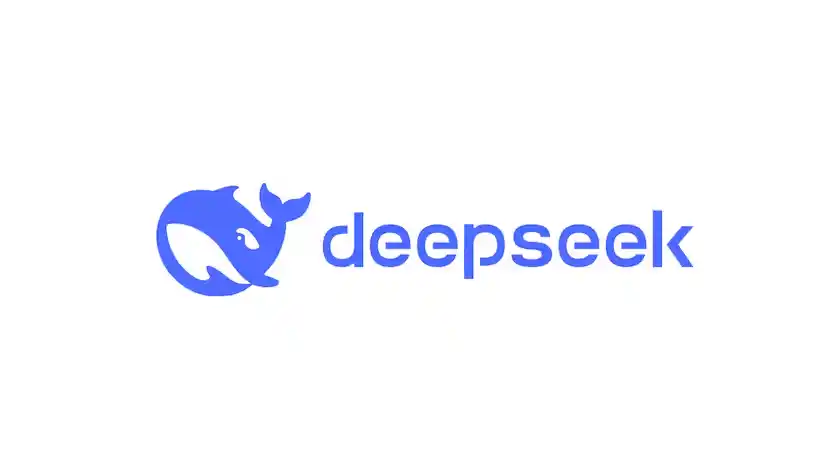Can DeepSeek Generate Images? Exploring the Boundaries of AI Creativity
Contents
When it comes to artificial intelligence, curiosity often leads us to ask: What can’t it do? For tools like DeepSeek, a rising star in the AI landscape known for its prowess in natural language processing (NLP), this question inevitably arises.
But let’s cut to the chase: Can DeepSeek generate images? The short answer is no at least, not yet. But the longer answer reveals something far more interesting about where AI is headed and how tools like DeepSeek fit into that story.

DeepSeek’s Superpower: Mastering Language
DeepSeek has carved out a reputation as a text-based AI wizard. Whether it’s drafting emails, solving coding problems, or analyzing complex datasets, its strength lies in understanding and generating human language with remarkable nuance. Think of it as a conversational polymath a tool that thrives on words, logic, and context.
But image generation? That’s a whole different ballgame. Creating visuals requires a separate set of skills, rooted in models trained on vast datasets of images paired with textual descriptions.
Tools like DALL-E, MidJourney, or Stable Diffusion specialize in this arena, transforming prompts like “a neon-lit samurai riding a hoverboard through Tokyo” into vivid artwork. DeepSeek, however, hasn’t ventured into this territory yet.
Why Can’t DeepSeek Create Images (Right Now)?
The answer boils down to specialization. AI models are often built with specific purposes in mind:
- Text models (like DeepSeek or ChatGPT) focus on language comprehension and generation.
- Image models (like DALL-E) learn patterns in pixels and visual creativity.
Training a single model to excel at both is computationally intensive and requires a multimodal architecture something only a handful of AI systems (like GPT-4 Vision) have begun to explore. For now, DeepSeek remains a text-first tool, prioritizing depth over breadth.
That said, the line between text and image AI isn’t rigid. Imagine asking DeepSeek to describe an image in stunning detail. It could craft a scene so vivid that you could hand its description to an image generator and bring the vision to life. In this way, DeepSeek becomes a collaborator, the writer to another AI’s painter.
What If You Really Want DeepSeek to “Generate” Images?
While DeepSeek can’t produce images natively, creativity thrives on workarounds. Here’s how you might team it up with visual AI tools:
- Prompt Crafting: Use DeepSeek to brainstorm imaginative prompts for image generators. (“Describe a steampunk library floating in the clouds.”)
- Post-Processing: Ask DeepSeek to write a story or marketing copy to accompany AI-generated visuals.
- Feedback Loops: Generate an image with another tool, then use DeepSeek to analyze its themes or suggest improvements.
It’s a reminder that AI’s true potential often lies in combining specialized tools rather than relying on a single jack-of-all-trades.
The Future: Will DeepSeek Dive into Visuals?
AI moves at lightning speed. While DeepSeek hasn’t announced image-generation capabilities today, the field is evolving rapidly. Multimodal models those that blend text, image, audio, and video—are the next frontier.
Companies like Google and OpenAI are already experimenting with them, and it’s not hard to imagine DeepSeek following suit.
For now, though, DeepSeek’s focus on language makes it a powerful ally for writers, developers, and problem-solvers. Its limitations are also its strengths: by honing its expertise in text, it avoids the “master of none” trap.
Final Thoughts: Celebrating Specialization
The question “Can DeepSeek generate images?” isn’t just about technical capabilities it’s about recognizing the diversity of AI tools and the unique roles they play. Just as a painter’s brush isn’t meant to write poetry, DeepSeek’s brilliance shines brightest in the realm of words, logic, and analysis.
And who knows? Tomorrow’s DeepSeek might surprise us. But until then, let’s appreciate it for what it does brilliantly: helping us think, create, and communicate in ways we never could alone.
What’s your take? Would you want DeepSeek to branch into image generation, or do you prefer specialized tools working together? Share your thoughts below!
FAQs About DeepSeek and Image Generation
1. Can DeepSeek generate images directly?
No, DeepSeek is primarily a text-based AI model focused on language tasks like writing, analysis, coding, and problem-solving. It doesn’t natively create images but can collaborate with image-generation tools by crafting prompts or descriptions.
2. How can I use DeepSeek to assist with image creation?
You can use DeepSeek to brainstorm detailed descriptions, refine prompts for tools like DALL-E or MidJourney, or generate contextual content (e.g., stories, captions) to pair with AI-generated visuals.
3. Will DeepSeek add image-generation features in the future?
While there’s no official announcement, AI trends suggest multimodal models (combining text, images, etc.) are expanding. DeepSeek may explore this in the future, but for now, it remains text-focused.
4. Can DeepSeek analyze or critique images?
Not directly. It can’t “see” images, but you can describe an image’s content to DeepSeek and ask for interpretations, thematic analysis, or creative ideas based on your description.
5. What makes image-generation AI different from DeepSeek?
Image models (like Stable Diffusion) are trained on visual datasets to map text to pixels, while DeepSeek is trained on text to predict language patterns. They’re designed for fundamentally different tasks.
6. Is there a way to integrate DeepSeek with image generators automatically?
Yes! Developers can use APIs to combine DeepSeek’s text outputs with image-generation tools, creating pipelines for automated content creation (e.g., blog posts with AI-written text and matching graphics).
7. Why prioritize text over images for AI like DeepSeek?
Text remains foundational for communication, education, and problem-solving. Specializing allows DeepSeek to excel in areas like coding, research, and nuanced dialogue without compromising performance.
8. Could future AI models eliminate the need for separate text/image tools?
Possibly. Multimodal AI (e.g., GPT-4 Vision) is bridging the gap, but specialized tools may still thrive for precision tasks. The future likely holds hybrid workflows, not winner-takes-all solutions.


Reviews